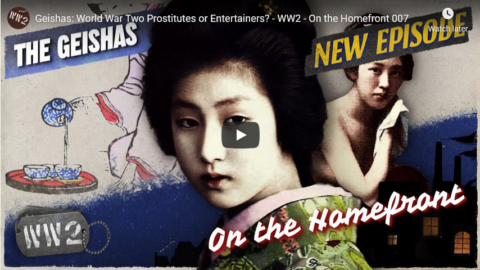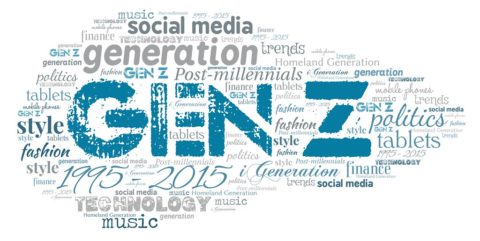World War Two
Published 2 Mar 2021The geisha class has long been a feature of Japanese society. In the 1920s, they were caught between the struggle for women’s liberation and the rising sexual demand of powerful men. This crossfire only becomes more intense as war sweeps the Pacific.
Join us on Patreon: https://www.patreon.com/TimeGhostHistory
Or join The TimeGhost Army directly at: https://timeghost.tvFollow WW2 day by day on Instagram @ww2_day_by_day – https://www.instagram.com/ww2_day_by_day
Between 2 Wars: https://www.youtube.com/playlist?list…
Source list: http://bit.ly/WW2sourcesHosted by: Anna Deinhard
Written by: Spartacus Olsson and Fiona Rachel
Director: Astrid Deinhard
Producers: Astrid Deinhard and Spartacus Olsson
Executive Producers: Astrid Deinhard, Indy Neidell, Spartacus Olsson, Bodo Rittenauer
Creative Producer: Maria Kyhle
Post-Production Director: Wieke Kapteijns
Research by: Fiona Rachel
Edited by: Karolina Dołęga
Sound design: Marek KamińskiPortrait Colorizations by:
Mikołaj UchmannSources:
– Metropolitan Museum of Art
– Rijksmuseum
– Narodowe Archiwum Cyfrowe
– Library of Congress
– National Archives NARA
– Nationaal Archief
– The Burns Archive
– Woman and Child in Kimono courtesy of Vintage Japan-esque from Flickr
– Five musicians courtesy of Adolfo FarsariSoundtracks from Epidemic Sound:
– “Paths of a Samurai” – Mandala Dreams
– “Across the Sea of Japan” – Mandala Dreams
– “Secrets Of A Geisha” – Mandala Dreams
– “Watchman” – Yi Nantiro
– “The Unexplored” – Philip Ayers
– “Heavenly Feathers” – Deskant
– “Ode To The Moon” – Joseph Beg
– “Moving to Disturbia” – ExperiaArchive by Screenocean/Reuters https://www.screenocean.com.
A TimeGhost chronological documentary produced by OnLion Entertainment GmbH.
From the comments:
World War Two
17 hours ago (edited)
With this rather dramatic topic, we are happy to revive the On the Homefront series! Considering the popular opinion on geisha in America after the Second World War, it is not surprising at all, that the first association with the word is sex. But when we looked a little further into the topic, it got clearer and clearer that originally the job of a geisha meant no such thing. Still, with the social and political tension of the early 20th century, the job of the geisha evolved further and further to prostitution. This shows once again how the war influenced many different aspects of life and how important it is to shed light on these side stages of the war in order to understand its full impact. What would interest you to know about the different Homefronts of World War II?Cheers, Fiona







